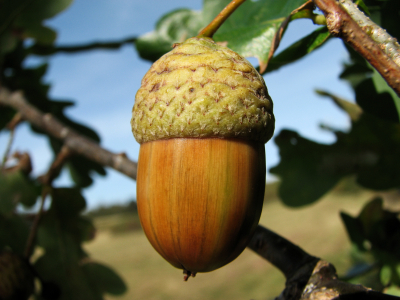On Sunday 10th December 2023 at 18:20 UK time on BBC1, there’s the last in series of Planet Earth III. The photography and filming has been just outstanding and incredible to watch.
Tonight, the programme takes a look at people who are heroes. They are people around the world who are risking it all to save wildlife. They travel to and work in dangerous places, and some – such as wildlife rangers – risk their lives. Many lose their lives in the line of their conservation work.
As the programme's website points out, there are so very many people around the world making a difference for nature. We need to hear more of their stories. Take hedgehogs for instance. Did you know there are 126,548 people (10th December 2023) registered as Hedgehog Champions with Hedgehog Street?
Tonight’s Planet Earth III programme goes to South Africa, Ecuador, the Cote d’Ivoire, Austria and the Amazin rainforest to meet heroes there.
In South Africa, we see a team working to save black rhino, a species wanted for their horn. They are saving htem by setting up new breeding populations in safe havens, and they need to sedate these huge animals first and then fly them by helicopter – or more accurately, in a sling under a helicopter – to their new home.
We meet Jaime Culebras who has devoted his life to saving frogs. Santiago is one of the very last Morona-Santiago harlequin frogs and Jaime wants to find Santiago a partner to set up a breeding colony. He has to trek to a remote cloud forest in the Andes to find out, and explore for a mate for his beloved frog by night.
There’s Trang Nguyen who is working undercover to catch people trading in illegal ivory. This trade is one of the main reasons why forest elephants have declined by two thirds in two decades. Trang is incredibly courageous and she does very dangerous work to catch criminals in the act.
Katharina Huchler is working to help the Northern bald ibis, some of the rarest birds in the world who were hunted to extinction 300 years ago in Europe. Katharina has to show them the way to bring them back to Austria – will these birds follow her over the mountains?
The destruction of the Amazon rainforest is well known. The Munduruku is an indegeous group who live there, and the government is discussing new laws to open it up to mining and agriculture. Leader of the Munduruku, Alessandra Korap, is organising a huge demonstration by indigenous people in Brail to get their voices heard.
Planet Earth III accompanies the series narrated by Sir David Attenborough
Available from Foyles.co.uk
We need to save habitats to save species. People power matter, even if they are in small numbers. The recent Common Farm Appeal from Derbyshire Wildlife Trust, launched in late September 2026, shows us from its website that when people get together and support and join in, great things happen. As a result of 1,893 people, just over £290,000 was raised to buy 83 acres of farmland which is going to be turned into a nature reserve. It will bring back many species. 1,893 people have made a huge difference and acted for nature.
Enter the former president of the Maldives, Mohamed Nasheed, who goes to every climate conference, doing what he can to persuade politicians and leaders to act. He says the more the environment is an election issue, the more action there will be on climate.
We all need to vote for the planet in future elections.
Don't miss Planet Earth III tonight!
Be a hero yourself for conservation!
The programme's website has a section on how you can be a hero for conservation.
And there's a new initiative starting as the series comes to an end, called Be a Voice for Nature. It points out that there are so many things we can ALL do.
Be a voice for nature.
